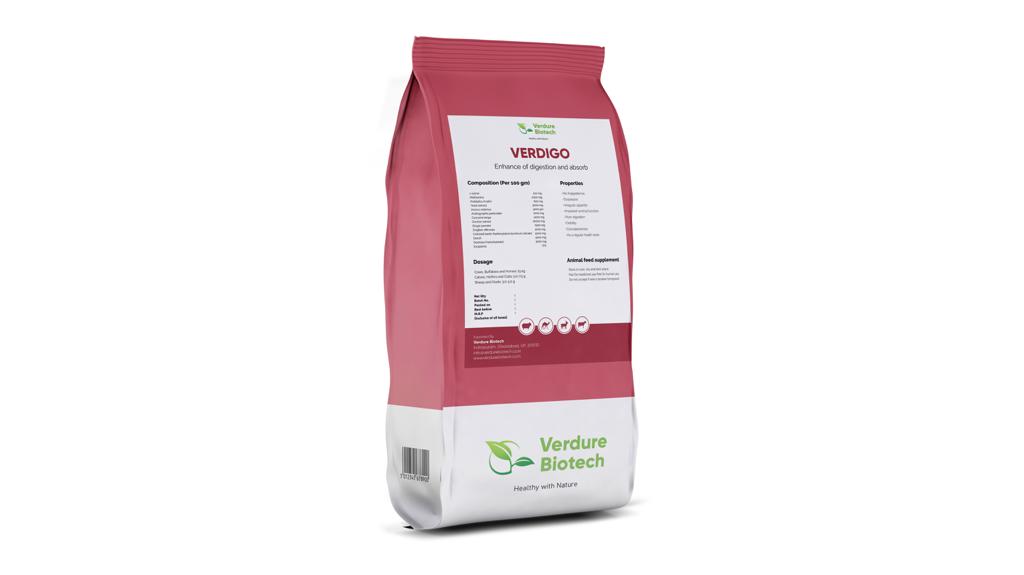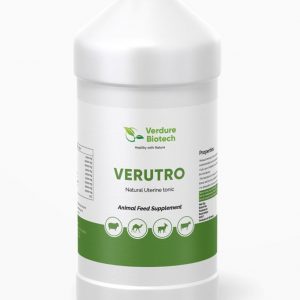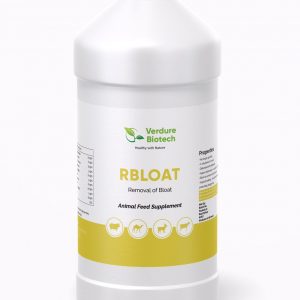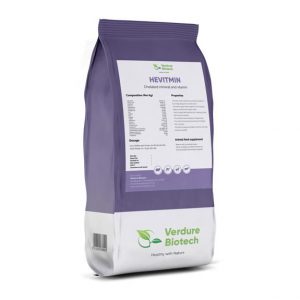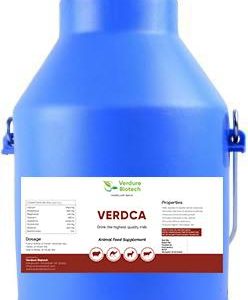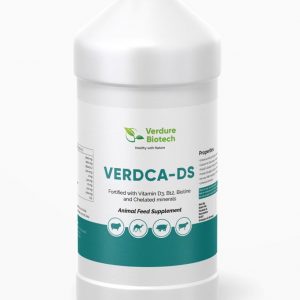The rumen is the first chamber of the ruminant’s stomach. When a ruminant is feeding, it does so in a series of quick bites, giving the food no more than a cursory chew between its molar teeth, mixing it with large quantities of saliva (several hundred litres per day in domestic cattle) and then swallowing it into the first of the chambers, the rumen. Here powerful muscles churn it with the microbes that start the fermentation process. The food ferments, generating methane and carbon dioxide which are eructed. The microbes start to break down the cellulose of the cell walls into sugars, thereby releasing other nutrients from inside the cells. The microbes use some of these nutrients for their own metabolism, and in doing so generate fatty acids, which the ruminant can absorb into its blood through the wall of the rumen and can use in its own metabolism.
Eructed basically means ‘burped’ – so when the animal’s rumen has broken down the food into gas and solids, it will burp out the methane and carbon dioxide.
The reticulum is the second chamber of the stomach. What happens in the reticulum, and what are cuds?
Large pieces of plant material float on top of the fluid in the rumen and are passed to the reticulum, which has honeycomb partitions in its walls. Here the food is formed into balls called ‘cuds’. Eventually the animal takes a break from feeding, selects a resting place where it can keep watch for predators and spends some time ruminating – the cubs are regurgitated and the animal chews the material again, mixing it with saliva and breaking it down into smaller particles. This process gives a bigger surface area for the microbes to continue digestion of the food when it is swallowed again.
The omasum is the third part of a ruminant’s stomach. When the cuds have been broken down by chewing and the action of the rumen, material will pass into omasum. Here, muscular action breaks down the matter further.
The abomasums – or true stomach – is the final part of the ruminant’s stomach. Here, normal digestive enzymes get to work to break down the remains of the food and also to digest many of the microbes that have continued along with the food.
Digesta is finally moved into the small intestine, where the digestion and absorption of nutrients occurs. The small intestine is the main site of nutrient absorption. The surface area of the digesta is greatly increased here because of the villi that are in the small intestine. This increased surface area allows for greater nutrient absorption. Microbes produced in the reticulum and rumen is also digested in the small intestine. After the small intestine is the large intestine. The major roles
here are breaking down mainly fiber by fermentation with microbes, absorption of water (ions and minerals) and other fermented products, and also expelling waste.
A Nutrient and polyherbal scientifically blended formulation prepared from herbs & minerals of proven therapeutic efficacy and rationale, is a digestive health tonic for efficient digestion and complete assimilation of feed components and nutrients resulting in good and optimum productivity.
Properties
- No Inappetence
- Dyspepsia
- Irregular appetite
- Impaired ruminal function
- Poor digestion
- Debility
- Convalescence
- As a regular health tonic
Dosage
Cows, Buffaloes and Horses: 15.0g Calves, Heifers and Colts: 5.0-7.5 g Sheep and Goats: 3.0-5.0 g
Presentation
1 Kg and 5 Kg,

